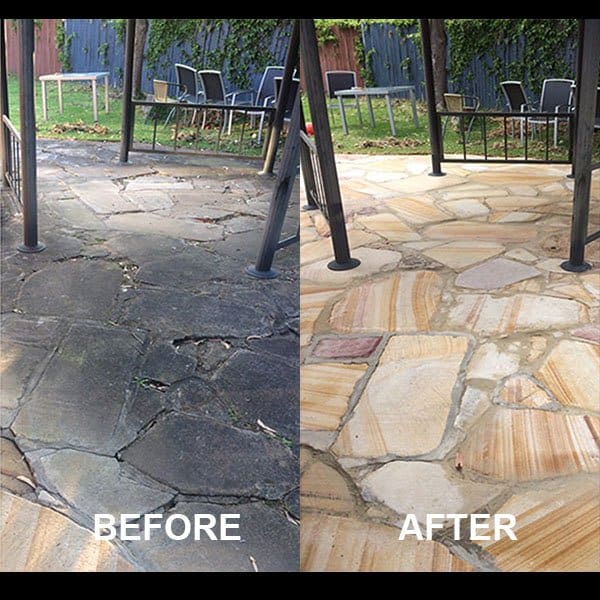The process of stone restoration is a captivating yet often misunderstood task that can inject new life into both historic and modern structures. Many homeowners and fans believe that restoring stone surfaces is as simple as applying a fresh coat of sealant or cleaning with strong chemicals. However, these misconceptions can lead to damage rather than restoration, eventually detracting from the aesthetic and integrity of these organic materials. In this write-up, we will dispel some of the most prevalent myths surrounding the stone restoration process, providing you with the insight necessary to make informed decisions about your stone surfaces.
Whether you are considering a project for restoration for your heritage home or simply looking to preserve the beauty of your outdoor patio, understanding the do's and don'ts of stone restoration is crucial. From the most effective maintenance practices to knowing when it’s time to revive your stones, this ultimate guide will equip you with crucial insights. Get ready to explore the reality behind the art and science of restoring stone and uncover the best methods to protect and enhance the charm of your stone elements.
Widespread Myths About Stone Restoration
One common fallacy surrounding stone restoration is that it is always a complex and costly process. Many homeowners assume that restoring stone surfaces requires substantial labor and professional intervention, often leading to the notion that it's beyond their budget. In fact, many restoration tasks can be tackled with simple DIY techniques or planned maintenance that is within reach and more manageable than imagined. Informing oneself on proper care can greatly lower restoration costs.
Another notable misconception is how all stone surfaces require the same restoration methods and products. People often believe that a one-size-fits-all approach works for maintaining different types of stone, but each type has unique properties and needs. For occurrence, granite, marble, and limestone each require different cleaning solutions and techniques for restoration. Understanding these differences is crucial for effective stone care and can prevent harm that may result from using inappropriate products.
In conclusion, some assume that once a stone surface has been restored, it will remain perfect indefinitely. This myth can lead to carelessness in routine maintenance. While professional restoration can refresh stone surfaces, regular care is vital to extend the life and appearance of the restoration. Ongoing sealing, cleaning, and not using abrasive materials are crucial actions to maintain the integrity and beauty of stone surfaces over time.
Do-It-Yourself vs. Professional Stone Restoration
When contemplating stone restoration, many homeowners find themselves at a dilemma: should they tackle the project on their own, or hire a professional? DIY restoration can be enticing due to the potential cost savings and the pleasure of completing a project independently. However, it is crucial to grasp the limitations of DIY methods. Without proper tools and techniques, you risk damaging the stone further or not achieving the desired result. For small jobs, such as cleaning or simple repairs, DIY can be successful, but larger restoration projects may necessitate professional expertise.
On the other hand, expert stone restoration services offer valuable experience and specialized tools to the table. Experts are trained to assess the specific needs of different stone types and can utilize advanced techniques that ensure optimal results. They can handle challenges that may perplex a novice, such as color matching or fixing structural damage. While hiring a professional can be more expensive, the quality of work often justifies the investment, particularly for high-value or historic stone surfaces.

Ultimately, the decision between DIY and professional restoration is based on the intricacy of the project and your comfort level with the required skills. For minor upkeep, a DIY approach might suffice, but for significant restorations, it’s wise to consider the benefits of expert services. By weighing the pros and cons, homeowners can make informed choices that preserve the integrity and beauty of their stone surfaces.
The Techniques for Preserving Natural Stone Surfaces
Preserving natural stone surfaces needs regular upkeep to protect their beauty and longevity. One of the best practices is to wash them regularly using stone-specific cleaners designed for stone. Strong cleaning agents can damage the integrity, so refrain from strongly acidic or abrasive cleaners. Regular removal of dirt and debris assists in eliminating contaminants that can result in damage. Additionally, as soon as possible wiping up liquids reduces the risk of discoloration, making sure the stone stays free from blemishes.
Sealing your natural stone surfaces is a further crucial step in care. According to the type of stone, resealing should be done every six months to 12 months. A proper sealant guards against moisture and blemishes, thereby making it less complicated to clean the area. Visit this website to pick a product that suits your particular kind of stone, as distinct stones require specific solutions for best care.
Finally, consider temperature and humidity levels in your surroundings. Extreme temperatures and high humidity can impact the condition of natural stone surfaces. Employing humidity controllers in moist areas or avoiding high heat can prevent deterioration. By adhering to these guidelines, you can ensure that your rock surfaces continue to be aesthetically pleasing and functional for many years to come.
